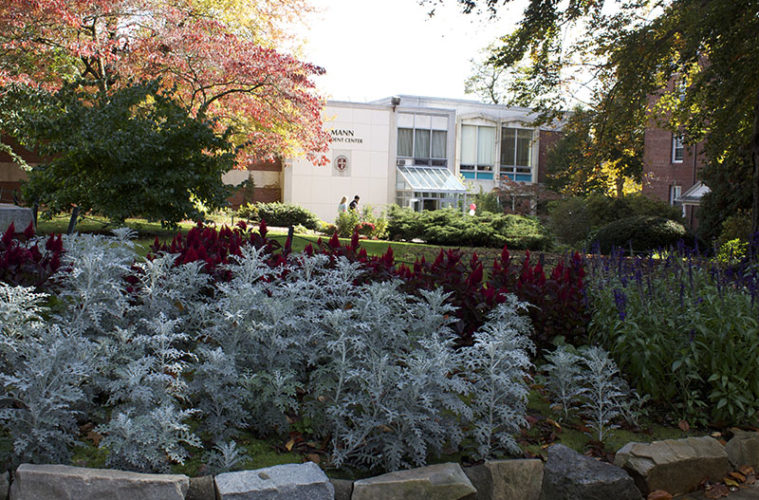Over the past four years, ENC has seen many statistical changes within the student body—incoming freshmen, the retention rate, the male to female ratio, and the role of multicultural students. College enrollment trends vary and numbers shift from year to year. Demographic changes in a small college often seem more drastic because they rely on a smaller pool of people.
Between 2010 and 2013, the total number of undergraduate students at ENC increased from 606 to 657. Of those years, the largest incoming class occurred in 2010 with 180 students (the year prior brought in 150 students). In 2009, there was a large financial crash, which impacted enrollments at colleges across the country. In 2010, Marketing and Communications launched, and the Office of Financial Aid gave more generously to incoming students.
“The way we were internally resourced worked really well,” Andrew Wright, director of admissions, reasoned for the increase in incoming freshmen in 2010. “There was a VP of enrollment at that time, so Admissions, the new Marketing Department, Financial Aid, and I think the Registrar’s Office were all under that same person.”
Since 2010, the number of students in incoming classes has not changed dramatically, shifting between 161, 169, and 162 from 2011 to 2013.
The retention rate at ENC is increasing as well, from 62.7 percent for the incoming class of 2009, to 74.5 percent for the class of 2011. Unfortunately, due to the government shutdown, the website for the National Center for Education Statistics was down, so up-to-date comparisons of other private, non-profit, academic colleges could not be easily assessed. Regardless, the intentionality toward increasing freshmen retention is apparent by the 12 percent retention increase, and the addition of Jeff Kirksey as the new vice president of student development and retention.
There are more statistics than retention and incoming class numbers that students speculate about, and some are more exaggerated than others.
“I think the most ridiculous statistic I ever heard about the male to female ratio here at ENC was 20 to 80 for one of the incoming classes,” Alisa Monchamp, resident assistant of second Munro, said.
It is true, according to Forbes (2012), that the general trend in fall enrollment shows a higher proportion of female students than male.
“This year has the largest difference between females and males in the school with 57 to 43,” Wright said. “But, for the most part it has normalized.”
From 2011 to 2012, the percent of females in the incoming class jumped from 48.4 percent to 66.3 percent, which made the school-wide female to male ratio change from 51-49 in 2011 and to 56-44 in 2012. It is currently at 57-43.
The college website boasts that ENC is the most diverse Christian College in America. Since 2010, the number of minority students at ENC has increased from 207 to 268, and the number of international students from 10 to 25.
“We haven’t specifically marketed to appeal to more international students, or students who are along ethnic lines. But I think a lot of it has been the work that faculty and the cabinet have done to figure out how to be a multicultural school,” Wright said. “In chapel services, for example, Corey tries to have a wide variety of worship styles, and a wide variety of ethnicities represented in speakers that come through.”
“I think the best way to recruit is just to be very genuine in who you are as a community,” Chaplain Corey MacPherson said.
“Chapel is always prepared for the student body. I am very intentional about making sure the chapel calendar is very diverse with speakers, I also try to keep chapel teams diverse, and we do that the best we can,” MacPherson said. “We [are] a culturally diverse community, so our chapels would hopefully reflect that.”

